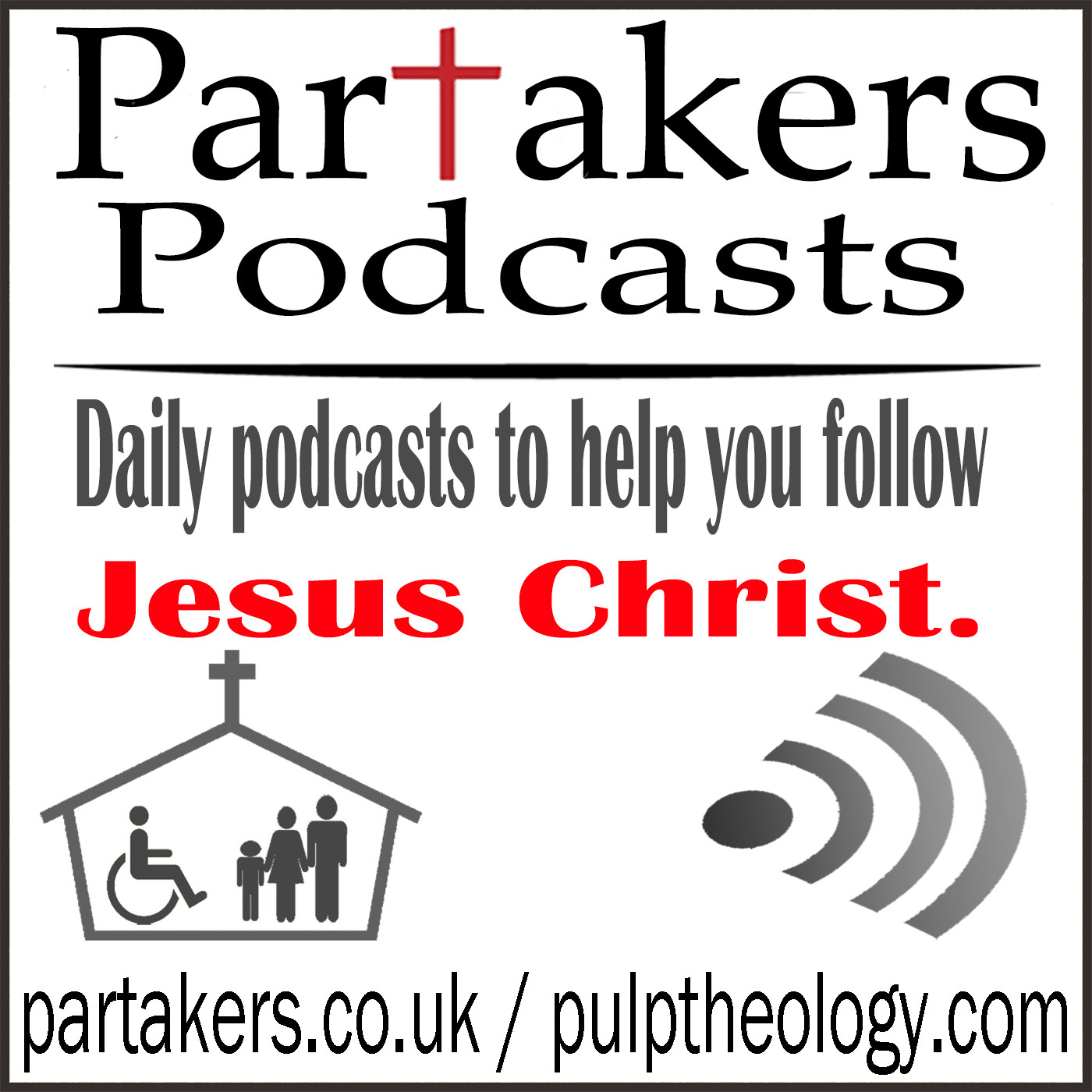
426.2K
Downloads
3365
Episodes
G’day and welcome to Partakers Christian Podcasts! Join us for uplifting Bible teaching, inspiring readings, heartfelt worship, powerful prayers, and fascinating church history. Whether you’re new to faith or growing deeper in your journey, we’re here to encourage and equip you. 🎧 Tune in, interact, and be inspired—wherever you are in the world.
Episodes

Thursday Oct 16, 2025
Church History Part 6
Thursday Oct 16, 2025
Thursday Oct 16, 2025

Part 6
All Change Under Constantine!
Last time we looked briefly at two main enemies from within the church: systemic disorganization and chaos within leadership and structure of churches and false and heretical teaching which was creeping in surreptitiously.
We move on today to a landmark period in the life of the church. Remember that one of the main persecutors of the Church was the Roman Empire. Now we come to the Emperor Constantine. This period is described by Diarmaid MacCulloch as “crucial for the Christian Church” (A History of Christianity). Constantine was pronounced as Emperor by the Army in 306AD following the death of his father, Constantius 1. Under the rule of Diocletian, the Empire had been reorganized into a team of 4 emperors under his leadership.
However civil war soon re-commenced. During this time at the battle of Milvian Bridge in 312 AD, Constantine overthrew his rival, Maxentius, and became the Emperor of the Western Empire. He had been a worshipper of the 'Unconquered Sun', but before this battle he saw a vision of the cross of Christ and had a dream commanding his soldiers to fight under the name of Jesus Christ. He made his soldiers shields with a monogram of Christ, the first 2 letters of Christ's name in Greek. Constantine went on to restore property to the church in his domain which had been confiscated by previous Roman emperors.
Then in 313AD Constantine and his ally, Licinius, made a proclamation whereby those identified as Christians would be treated equally with those who were not Christians. This proclamation also declared a new policy of toleration for all religions throughout all the Roman Empire. FF Bruce writes in The Spreading Flame “This led to Christians once banished to return from exile. Their property was restored; their demolished church edifices rebuilt. The last round between Christianity and Roman paganism had been the most desperate of all; but it ended with the acknowledgement that Christianity had won.”
Constantine, according to Shelley in his book "Church History in Plain Language", also made many changes in his private life. This including raising his family as a Christian family. He was baptized by Bishop Eusebius of Nicomedia. After his Baptist, he refused to wear the imperial purple again and chose to wear his baptismal robes. He died shortly after in 337AD but not before establishing Constantinople as a new capital of the Roman world. A quick look at the historical writing of Eusebius sees Constantine epitomised as an superlative Christian leader and almost envisages a new age of salvation! Here are some of the ways Eusebius describes Constantine from his writings.
- “Constantine, the mightiest victor, adorned with every virtue of piety…”
- “For Constantine, like an all-gracious emperor, giving him evidences of true favour…”
- “God was the friend, protector, and guardian of Constantine, and bringing the plots which had been formed in secrecy and darkness to the light, he foiled them.”
- Constantine was “the protector of the virtuous, mingling hatred for evil with love for good, went forth with his son Crispus, a most beneficent prince, and extended a saving right hand to all that were perishing.”
Constantine brought both significant advantages and disadvantages for Christianity. These include: Advantages for Christianity.
- Religious tolerance and freedom
- Restoration of church property - a major church building program by the Emperor e.g. St. Peters Basilica in Rome.
- Christianity became the favoured religion in the Empire, since Constantine was at the very least nominally Christian. In 312 AD he declared Sunday a holiday.
Disadvantages for Christianity.
- Christianity became nominal, and it was fashionable to be called a Christian.
- Many pagan ideas were intermingled with Christianity - incense, images, candles, vestments, veneration of saints & martyrs, and Mary idolised like a goddess.
- The emperor exercised his authority in the church as head of the Roman religion, Pontifus Maximus. This set an unfortunate precedent for involvement of government in Christianity which we will see later causes great trouble for the church and Christianity.
While Constantine did not enforce others to join Christianity, that didn’t last long. After Constantine’s death, belief in Christianity was made a matter of imperial command under the regime of the emperor Theodosius. He had new church buildings designed in order to stress the new hierarchy of Jesus Christ and the Roman emperor. There were also heavy penalties enforced upon those who were not Christians and from other religions. Theodosius enforced the thinking that the there was a close connection between the will of God, his own will and a connection with the Roman empire. How does the church itself react to all this? How was the thinking and theology of the church growing and/or adapting? Well for the answer to that, you will have to wait until the next Podcast!

No comments yet. Be the first to say something!